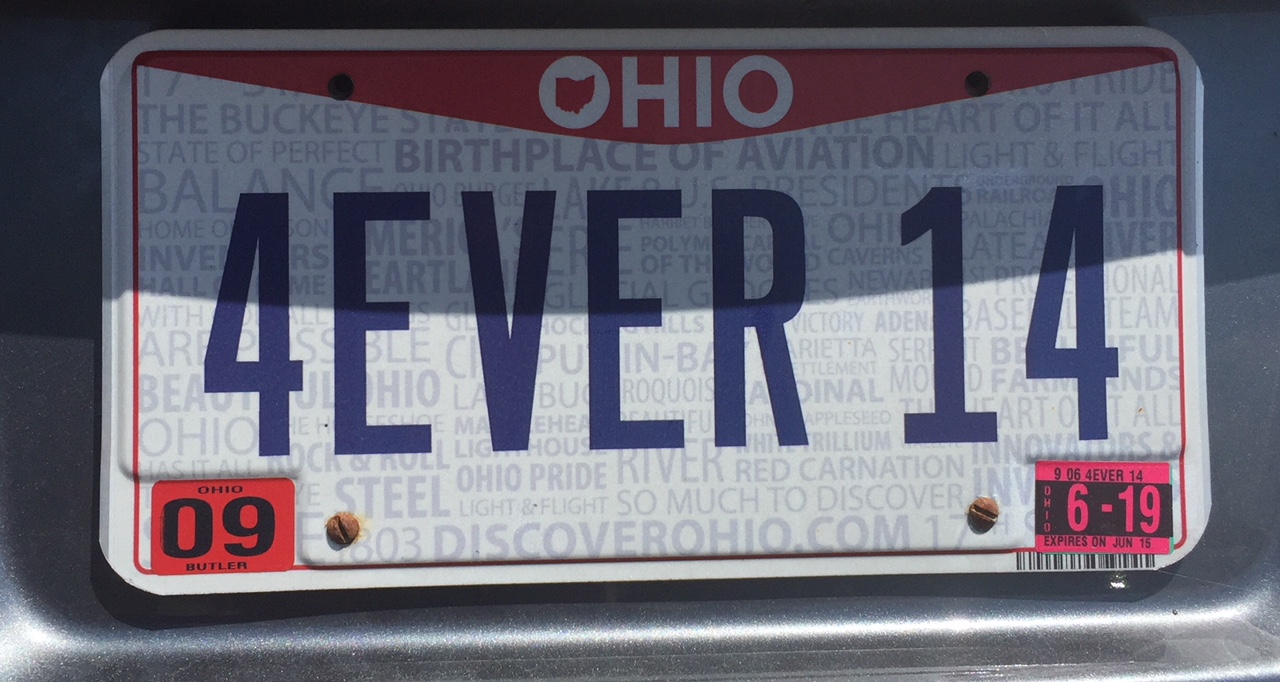I wore #14 when I played ball, and people assumed that because I lived in Cincinnati for many years, I wore that because I was a Pete Rose fan.
Not so.
I wore that number because of another second-baseman (and pitcher) who wore that number and came to Cincinnati in 1963, as Pete did. But he meant far more to me than Pete ever could.
My brother Bill was eight years older than me, and he was and is the biggest influence in my life. He was far more than a big brother; he was my example, my hero, and a true role model in more ways than I can name.
He was the finest person I have ever met.
He was also a tremendous baseball player.
In the early 1960s, when we lived in Baltimore, Bill would take me out in the back yard and pitch Wiffle balls to me. He showed me how to hit, and he gave me the fundamentals of the swing I still use. Over and over, we would do this. He was always positive, always patient, and took the rap when I fouled pitch after pitch into the neighbor lady’s rose bushes — she was NOT amused, I can assure you.
In spring 1963, we moved to Greater Cincinnati, and Bill immediately became the starting second-baseman and a starting pitcher for his high-school team. He could hit for average and some power, and had a good fastball and slider.
But in fall 1963, Bill suddenly had trouble keeping up when the team ran laps in the offseason. He developed a bad cough, was short of breath, and I could hear his labored breathing in the bedroom we shared.
Finally he went to the doctor to get things checked. X-rays showed a tumor that pressed against his windpipe and caused the cough. More tests were done, and the diagnosis was not good: Hodgkin’s disease. He immediately began radiation treatments and chemotherapy, which made him even more sick than before.
“He begged the doctor to let him play his senior season,” my Mom said. And despite everything, he played and played well: a home run to win one game; a three-hitter in another game; and so on as one of the tricaptains of his team.
He entered Davidson College in fall 1964, and for a while things seemed better. He adjusted to college life and felt better.
But it didn’t last.
More treatments. And he would be so violently ill after them. He grew weaker. By summer 1966 he reached a turning point, which often happened in those days to Hodgkin’s patients.
He died February 7, 1967. He is buried with my parents, just a few miles from his old high school.
Bill knew he would not survive his illness. Yet not once did he ever complain about the pain he suffered. Never was there a “why me?” moment. He maintained his class and dignity to the end.
He was 20 years old.
After that, I wore 14 in his honor. And I was so proud to wear his number! It carried such a responsibility. I was not a good player, but I loved to play and did so with a furious, relentless intensity, because I wanted him to be proud of me. I hope, in some small measure, I succeeded.
My brother is gone, but the memories and love remain. And the number 14 is our common link — our unbreakable bond. I wear it every day on a chain, and my license plate is 4EVER14.
I made a donation to the Joe Nuxhall Miracle League complex, where people with special needs can play baseball. A special section of seats behind the plate was built in his honor, and there’s a plaque:

He’s been gone a long time, but his spirit and the things he taught me will live forever.
Forever 14
